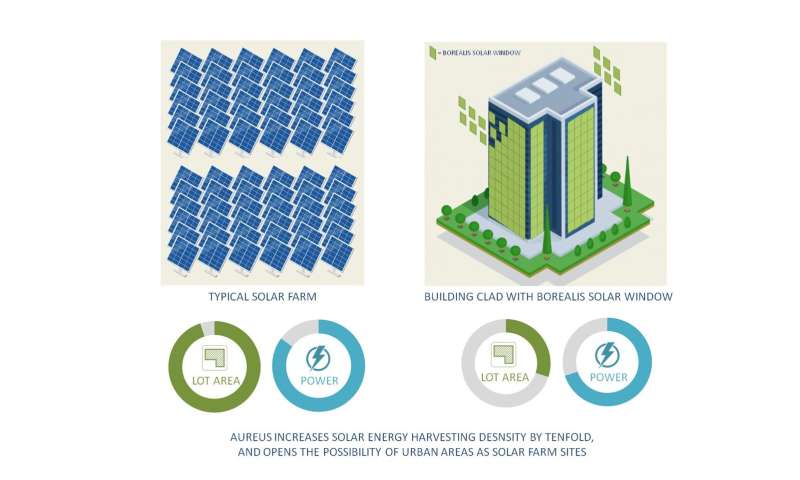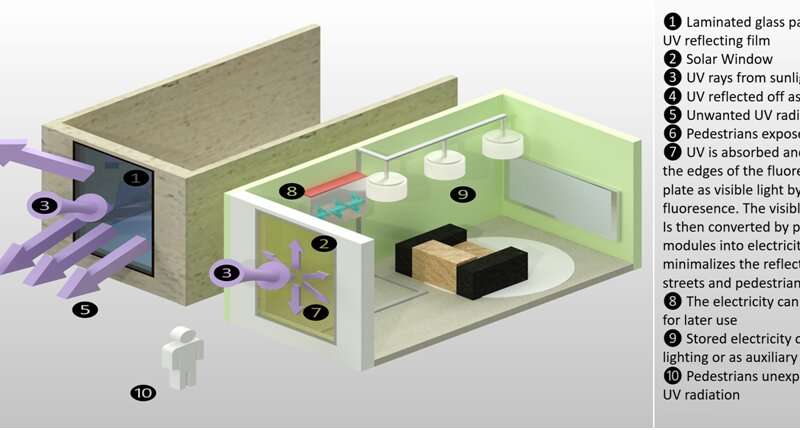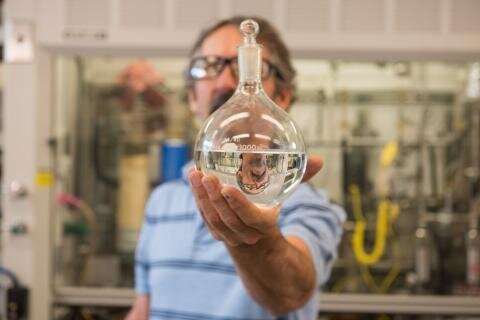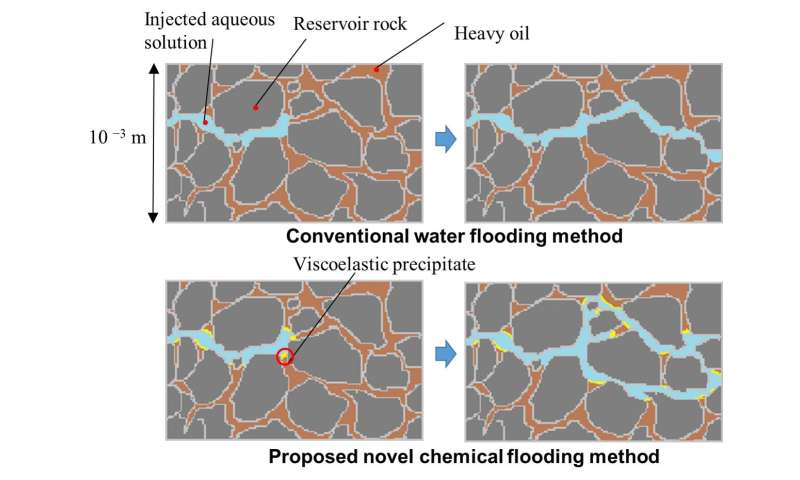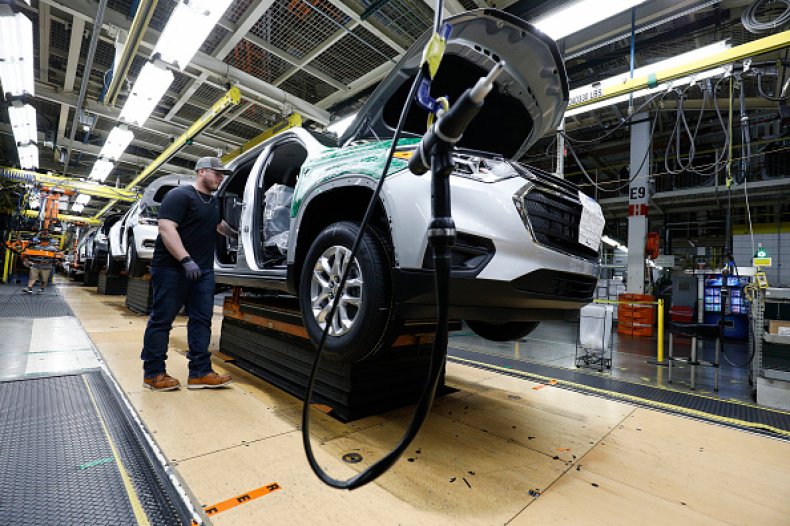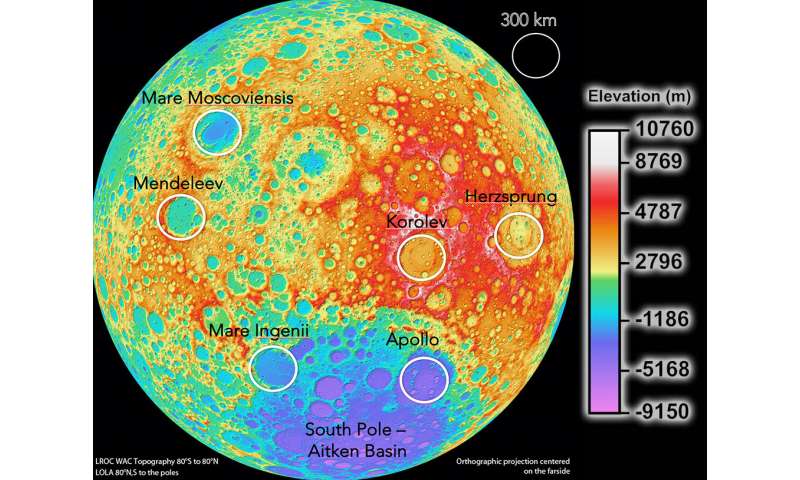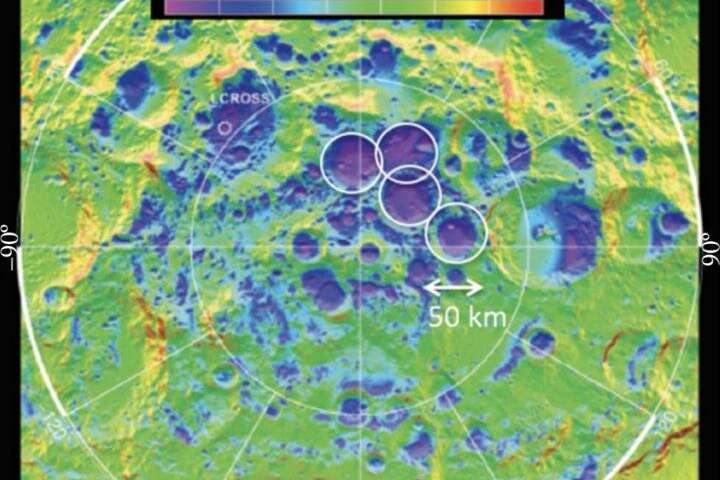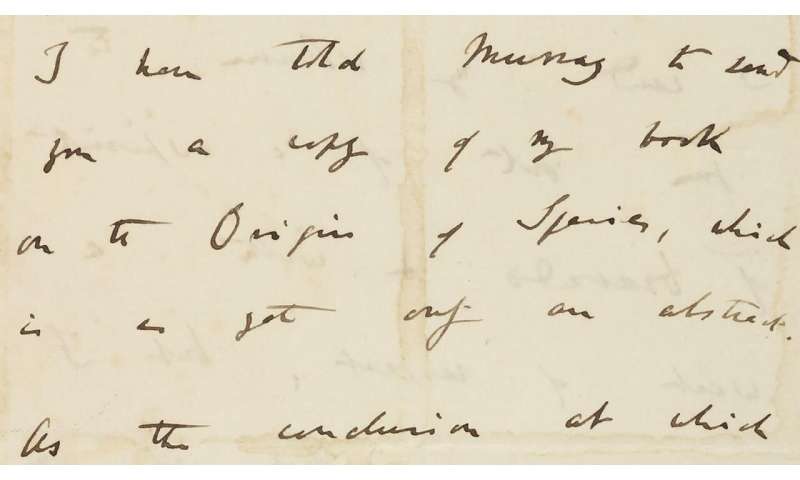What Is the Biggest Scientific Fraud of the Past 50 Years?
Daniel Kolitz
Yesterday 2:06PM
In this Gizmodo series, we ask questions about everything and get answers from a variety of experts.
When you’re a journalist or club promoter or financier, fraud is always a gamble—you might be publicly disgraced and have your venal misdeeds replayed over and over in Netflix documentaries and prestige podcasts, but you might also get away with it. When you’re a scientist—working in a field whose bedrock principle is replicability—fraud is pointless: you are likely going to be found out. Incredibly, some have still taken those odds, like Elizabeth Holmes, for instance, whose endeavor thrills/mystifies precisely because it was so obviously doomed, at least in retrospect. But Holmes is far from the first fraudster to plague the annals of science. For this week’s Giz Asks, we reached out to a number of historians of science for their take on the biggest scientific fraud of the last half-century.
Robert N. Proctor
Professor of the History of Science and Professor by courtesy of Pulmonary Medicine at Stanford University
The “world’s greatest scientific fraud” would have to be the Council for Tobacco Research, the cigarette industry’s chief instrument for denying that cigarettes cause cancer. That began in 1954, as part of Big Tobacco’s effort to distract from the evidence that cigarettes cause death. Hundreds of millions of dollars were poured into this effort, with the money going to top scholars at the world’s leading universities. Basically anyone willing to say that something other than cigarettes was causing cancer.
Twenty-seven Nobel laureates took money from Big Tobacco, and every major university was showered with cash. The University of Michigan recently stripped the name of CTR’s chief scientist Clarence Cook Little from its buildings, recognizing his nefarious role in promoting cigarette-friendly science. And some rather nasty ideas about eugenics.
Tobacco’s deception is “the greatest” because it paved the way for other kinds of scientific fraud. If Big Carbon today claims that “we need more research” to find out whether the climate is warming, that’s a trick learned from Big Tobacco. Countless other polluters have learned these tricks: hire scholars to deny, delay, and distract, and then call for “more research” to explore “both sides” of a purported “controversy.” Big Tobacco knew that their day of reckoning would come, but they cannot have known how widely their fraud would be imitated. It would be hard to name a more deadly scientific fraud, and for that reason we can rank it “the greatest.”“If Big Carbon today claims that “we need more research” to find out whether the climate is warming, that’s a trick learned from Big Tobacco.”
Katherine A. Pandora
Associate Professor, History of Science, The University of Oklahoma
I would nominate the opportunistic 1998 and 2002 research articles by Andrew Wakefield and his twelve co-authors that claimed that the MMR (measles, mumps, and rubella) vaccine was linked with the development of autism as the biggest fraud of the last 50 years. The disregard of scientific authorities and the media for strict scrutiny of Wakefield’s claim that was short-handed to “vaccines cause autism” had severe international consequences in terms of vaccine hesitation for childhood illnesses over the last two decades, and still presents ramifications today for the acceptance of COVID-19 vaccine research.
The Wakefield studies were examples of fraud committed out in the open, which makes the freedom with which they flourished especially unnerving. They had basic design flaws, such as the lack of a control group and reliance on non-blinded data. Baseline factors such as small sample size and the use of case studies resulted in flawed interpretations—data derived from such configurations can be suggestive but are not robust enough to bear the weight of strong causal claims. Ethical lapses went unacknowledged and financial conflicts of interest were left unaddressed. And, given the absence of replicable findings, subsequent discussions of the results were, literally, unsupportable. These kinds of methodological weaknesses—the kind that are addressed in introductory courses on research design at the undergraduate level—should have disqualified the study from publication without major revisions if not outright rejection.
Upon being published in such a prestigious journal as Lancet, the purported research findings spread like an opportunistic infection, exploiting environmental vulnerabilities: the lack of knowledge about autism; the fears of (often novice) parents responsible for making judgments about risks to their young children; problematic journalistic practices fostered by media hype; and public suspicion about the profit-driven practices of the multibillion dollar pharmaceutical industry. Remove these conditions, and a second bulwark against fraud exists—and yet these remain areas of concern.
Wakefield’s malfeasance was necessary but not sufficient for fraud to be committed. The disregard for scientific and journalistic safeguards was also required, for safeguards are only effective when enacted. The retraction of the papers by Lancet and the sanctioning of Wakefield along with the post-mortem analyses of what went wrong have been crucial to trying to remediate the deleterious consequences of this breach of trust. But an even larger issue is embedded within this particular research failure that needs to be given serious consideration: studies that have the potential to have an outsize negative influence across millions of lives due to deceit or error should not only meet basic standards of good research, but also be subjected to, and be able to stand up to, an even more careful level of scrutiny. Good enough isn’t.
“I would nominate the opportunistic 1998 and 2002 research articles by Andrew Wakefield and his twelve co-authors that claimed that the MMR (measles, mumps, and rubella) vaccine was linked with the development of autism as the biggest fraud of the last 50 years.”
Felicitas Hesselmann
Research Assistant, Social Sciences, Humboldt University of Berlin
On the one hand, all cases (and even allegations) of scientific fraud or misconduct are big in their own way: They are very serious and stressful events that can feel extremely disruptive and distressing for the people involved, they can result in grave personal consequences not just for the accused, but for many researchers and students that have worked with them in the past, trusted them and relied on them. Many researchers who were accused of impropriety, even if they were later acquitted, report suffering adverse health effects in the process.
On the other hand, no fraud case I can think of has been so big as to fundamentally change the course of research. Many researchers have a strong belief that science has a way of working itself out: Fraudulent claims, even if they are never explicitly detected, will simply not be replicated or corroborated in subsequent research, they will not lead to productive follow-up questions and eventually just be drowned out. What is more, many fraudulent claims aren’t even particularly outlandish or groundbreaking; they often are somewhat middle of the road, reflecting the overall state of research; or they are things that everybody expects to become possible before long, and fraudsters just claim to be a little faster. There are cases where fraudulent “findings” have been found to be actually reliable by subsequent research, because they were mirroring the state of research and possible outcomes so well. (This of course also begs that larger question of: what is fraudulent research anyway?) It is rare that cases involve claims that would fundamentally alter our understanding of the world if they were true. That also makes intuitive sense: If you are faking banknotes, for example, you mostly also want to make it look as much alike to the original as possible, although you might occasionally also get away with putting Princess Diana on a ten pound note.
In addition, misconduct cases are big, i.e. consequential, only in relation to particular academic communities and their field-specific knowledge. A cancer biologist, hypothetically, will not be very affected by the revelation that almost everything musicology claimed to know about Beethoven’s compositional style was fraudulent, even if that would shake musicologists to the core of their very being. Claiming that some cases are “bigger” than others, in that sense, would also mean to prioritize some types of knowledge and research over others, which is a fight I would prefer not to pick.“...many fraudulent claims aren’t even particularly outlandish or groundbreaking; they often are somewhat middle of the road, reflecting the overall state of research; or they are things that everybody expects to become possible before long, and fraudsters just claim to be a little faster.”
When you’re a journalist or club promoter or financier, fraud is always a gamble—you might be publicly disgraced and have your venal misdeeds replayed over and over in Netflix documentaries and prestige podcasts, but you might also get away with it. When you’re a scientist—working in a field whose bedrock principle is replicability—fraud is pointless: you are likely going to be found out. Incredibly, some have still taken those odds, like Elizabeth Holmes, for instance, whose endeavor thrills/mystifies precisely because it was so obviously doomed, at least in retrospect. But Holmes is far from the first fraudster to plague the annals of science. For this week’s Giz Asks, we reached out to a number of historians of science for their take on the biggest scientific fraud of the last half-century.
Robert N. Proctor
Professor of the History of Science and Professor by courtesy of Pulmonary Medicine at Stanford University
The “world’s greatest scientific fraud” would have to be the Council for Tobacco Research, the cigarette industry’s chief instrument for denying that cigarettes cause cancer. That began in 1954, as part of Big Tobacco’s effort to distract from the evidence that cigarettes cause death. Hundreds of millions of dollars were poured into this effort, with the money going to top scholars at the world’s leading universities. Basically anyone willing to say that something other than cigarettes was causing cancer.
Twenty-seven Nobel laureates took money from Big Tobacco, and every major university was showered with cash. The University of Michigan recently stripped the name of CTR’s chief scientist Clarence Cook Little from its buildings, recognizing his nefarious role in promoting cigarette-friendly science. And some rather nasty ideas about eugenics.
Tobacco’s deception is “the greatest” because it paved the way for other kinds of scientific fraud. If Big Carbon today claims that “we need more research” to find out whether the climate is warming, that’s a trick learned from Big Tobacco. Countless other polluters have learned these tricks: hire scholars to deny, delay, and distract, and then call for “more research” to explore “both sides” of a purported “controversy.” Big Tobacco knew that their day of reckoning would come, but they cannot have known how widely their fraud would be imitated. It would be hard to name a more deadly scientific fraud, and for that reason we can rank it “the greatest.”“If Big Carbon today claims that “we need more research” to find out whether the climate is warming, that’s a trick learned from Big Tobacco.”
Katherine A. Pandora
Associate Professor, History of Science, The University of Oklahoma
I would nominate the opportunistic 1998 and 2002 research articles by Andrew Wakefield and his twelve co-authors that claimed that the MMR (measles, mumps, and rubella) vaccine was linked with the development of autism as the biggest fraud of the last 50 years. The disregard of scientific authorities and the media for strict scrutiny of Wakefield’s claim that was short-handed to “vaccines cause autism” had severe international consequences in terms of vaccine hesitation for childhood illnesses over the last two decades, and still presents ramifications today for the acceptance of COVID-19 vaccine research.
The Wakefield studies were examples of fraud committed out in the open, which makes the freedom with which they flourished especially unnerving. They had basic design flaws, such as the lack of a control group and reliance on non-blinded data. Baseline factors such as small sample size and the use of case studies resulted in flawed interpretations—data derived from such configurations can be suggestive but are not robust enough to bear the weight of strong causal claims. Ethical lapses went unacknowledged and financial conflicts of interest were left unaddressed. And, given the absence of replicable findings, subsequent discussions of the results were, literally, unsupportable. These kinds of methodological weaknesses—the kind that are addressed in introductory courses on research design at the undergraduate level—should have disqualified the study from publication without major revisions if not outright rejection.
Upon being published in such a prestigious journal as Lancet, the purported research findings spread like an opportunistic infection, exploiting environmental vulnerabilities: the lack of knowledge about autism; the fears of (often novice) parents responsible for making judgments about risks to their young children; problematic journalistic practices fostered by media hype; and public suspicion about the profit-driven practices of the multibillion dollar pharmaceutical industry. Remove these conditions, and a second bulwark against fraud exists—and yet these remain areas of concern.
Wakefield’s malfeasance was necessary but not sufficient for fraud to be committed. The disregard for scientific and journalistic safeguards was also required, for safeguards are only effective when enacted. The retraction of the papers by Lancet and the sanctioning of Wakefield along with the post-mortem analyses of what went wrong have been crucial to trying to remediate the deleterious consequences of this breach of trust. But an even larger issue is embedded within this particular research failure that needs to be given serious consideration: studies that have the potential to have an outsize negative influence across millions of lives due to deceit or error should not only meet basic standards of good research, but also be subjected to, and be able to stand up to, an even more careful level of scrutiny. Good enough isn’t.
“I would nominate the opportunistic 1998 and 2002 research articles by Andrew Wakefield and his twelve co-authors that claimed that the MMR (measles, mumps, and rubella) vaccine was linked with the development of autism as the biggest fraud of the last 50 years.”
Felicitas Hesselmann
Research Assistant, Social Sciences, Humboldt University of Berlin
On the one hand, all cases (and even allegations) of scientific fraud or misconduct are big in their own way: They are very serious and stressful events that can feel extremely disruptive and distressing for the people involved, they can result in grave personal consequences not just for the accused, but for many researchers and students that have worked with them in the past, trusted them and relied on them. Many researchers who were accused of impropriety, even if they were later acquitted, report suffering adverse health effects in the process.
On the other hand, no fraud case I can think of has been so big as to fundamentally change the course of research. Many researchers have a strong belief that science has a way of working itself out: Fraudulent claims, even if they are never explicitly detected, will simply not be replicated or corroborated in subsequent research, they will not lead to productive follow-up questions and eventually just be drowned out. What is more, many fraudulent claims aren’t even particularly outlandish or groundbreaking; they often are somewhat middle of the road, reflecting the overall state of research; or they are things that everybody expects to become possible before long, and fraudsters just claim to be a little faster. There are cases where fraudulent “findings” have been found to be actually reliable by subsequent research, because they were mirroring the state of research and possible outcomes so well. (This of course also begs that larger question of: what is fraudulent research anyway?) It is rare that cases involve claims that would fundamentally alter our understanding of the world if they were true. That also makes intuitive sense: If you are faking banknotes, for example, you mostly also want to make it look as much alike to the original as possible, although you might occasionally also get away with putting Princess Diana on a ten pound note.
In addition, misconduct cases are big, i.e. consequential, only in relation to particular academic communities and their field-specific knowledge. A cancer biologist, hypothetically, will not be very affected by the revelation that almost everything musicology claimed to know about Beethoven’s compositional style was fraudulent, even if that would shake musicologists to the core of their very being. Claiming that some cases are “bigger” than others, in that sense, would also mean to prioritize some types of knowledge and research over others, which is a fight I would prefer not to pick.“...many fraudulent claims aren’t even particularly outlandish or groundbreaking; they often are somewhat middle of the road, reflecting the overall state of research; or they are things that everybody expects to become possible before long, and fraudsters just claim to be a little faster.”


